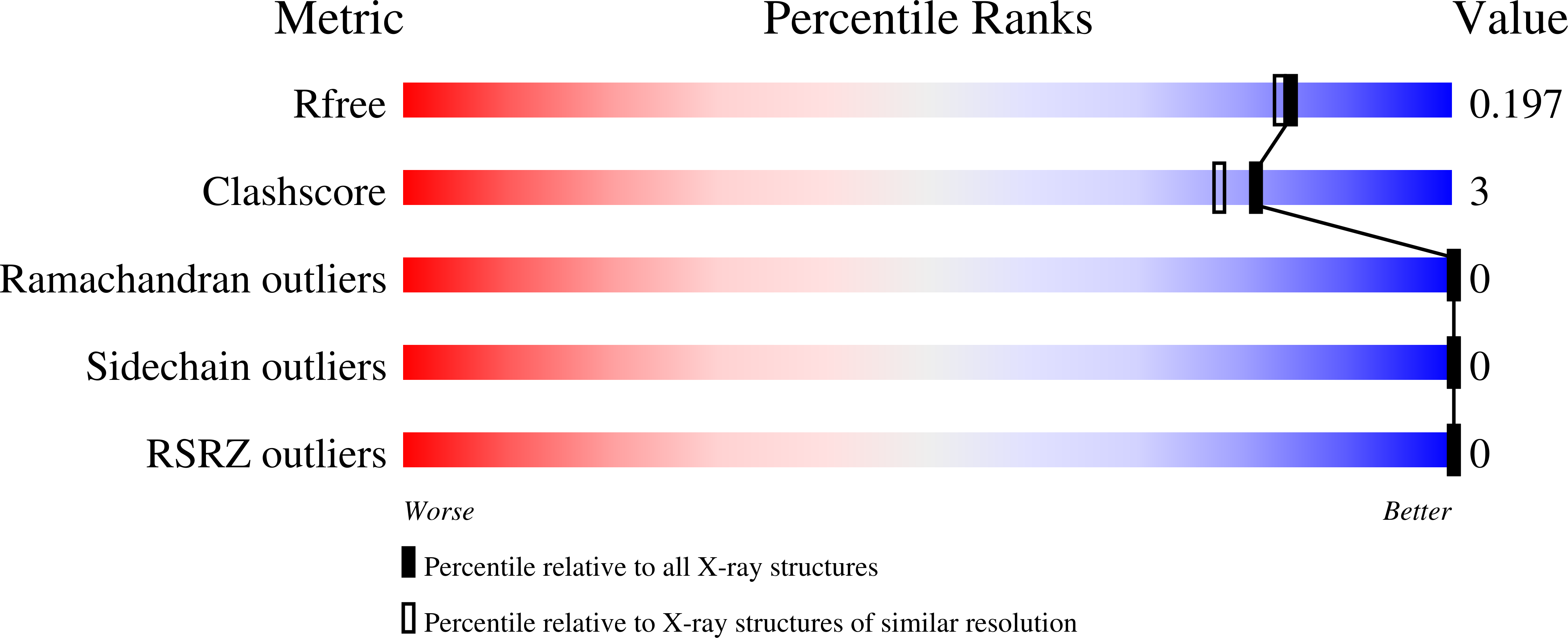
Deposition Date
2006-12-10
Release Date
2007-04-10
Last Version Date
2023-08-30
Entry Detail
Biological Source:
Source Organism:
Enterobacteria phage T4 (Taxon ID: 10665)
Host Organism:
Method Details:
Experimental Method:
Resolution:
1.80 Å
R-Value Free:
0.18
R-Value Work:
0.14
R-Value Observed:
0.15
Space Group:
P 32 2 1


